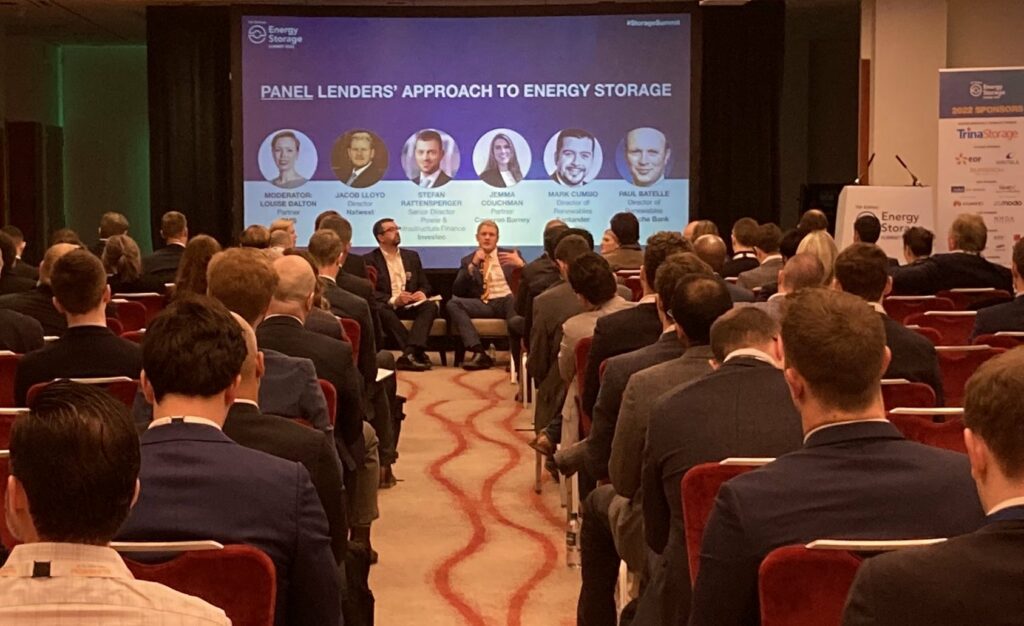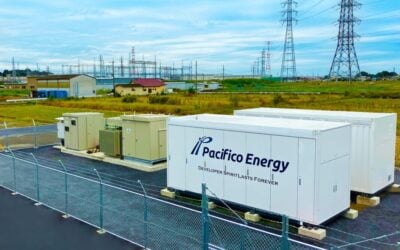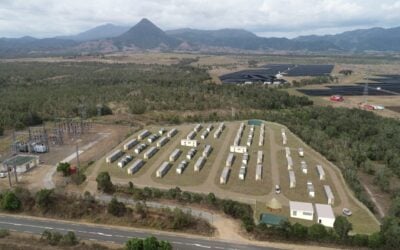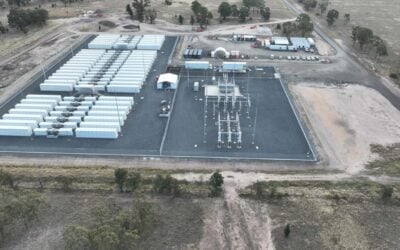
A number of core challenges remain for lenders in the energy storage market, not least the relative nascency of it.
Speaking at the ‘Lenders’ Approach to Energy Storage‘ panel at the Energy Storage Summit 2022, Mark Cumbo director of renewables at Santander said when educating internally there was little real-life historic data available.
“I think a big challenge that we faced in just educating internally is just a lack of historic revenue. We talked to the market advisors about can you do a back-casting and, and how would have actually performed in the last three or four years, and they do that but it’s not real world, it’s not real life,” Cumbo said at the event hosted in London this week by our publisher Solar Media.
A lack of historical data can also hamper the understanding of the lifecycle of a project, and impacting on the understanding of the asset value as well as the revenue streams.
Try Premium for just $1
- Full premium access for the first month at only $1
- Converts to an annual rate after 30 days unless cancelled
- Cancel anytime during the trial period
Premium Benefits
- Expert industry analysis and interviews
- Digital access to PV Tech Power journal
- Exclusive event discounts
Or get the full Premium subscription right away
Or continue reading this article for free
“The useful life of projects, degradation and how batteries are developing and how we’re running longer hours, some lenders get a bit uncomfortable [with that], because we don’t have that historic data to prove where we are in the cycle,” said Jemma Couchman, partner at independent merchant bank Cameron Barney.
“And the different providers can provide forecasts and curves, but we’re still very early on, we don’t actually know and therefore, some people do get quite uncomfortable with that.”
Fundamentally the more certainty a developer can provide to a lender is key to securing financing, this includes a number of key parts including minimising merchant risk by securing a contracted revenue.
“The easier you can make it, the more attractive you’ll be. So bring me a floor if you can,” said Cumbo.
Beyond this there are other ways to increase security for lenders, said Jacob Lloyd, director at UK bank Natwest.
“Relevant experience across all sectors in space, there’s loads of impacting parts here. It’s making sure you have the right developers EPC contracts, the right battery supplier, the right optimiser,” he said.
The session closed with a consensus from that panel that lenders much be viewed as partners in the development of storage projects.
“Keep in mind that the lenders aren’t your enemy. They are on your side. We will have to work together to get it,” said Couchman.





